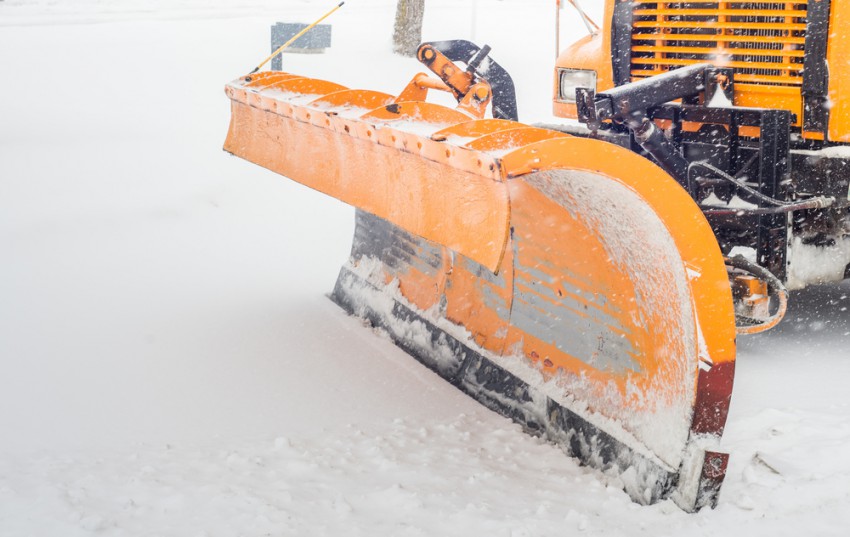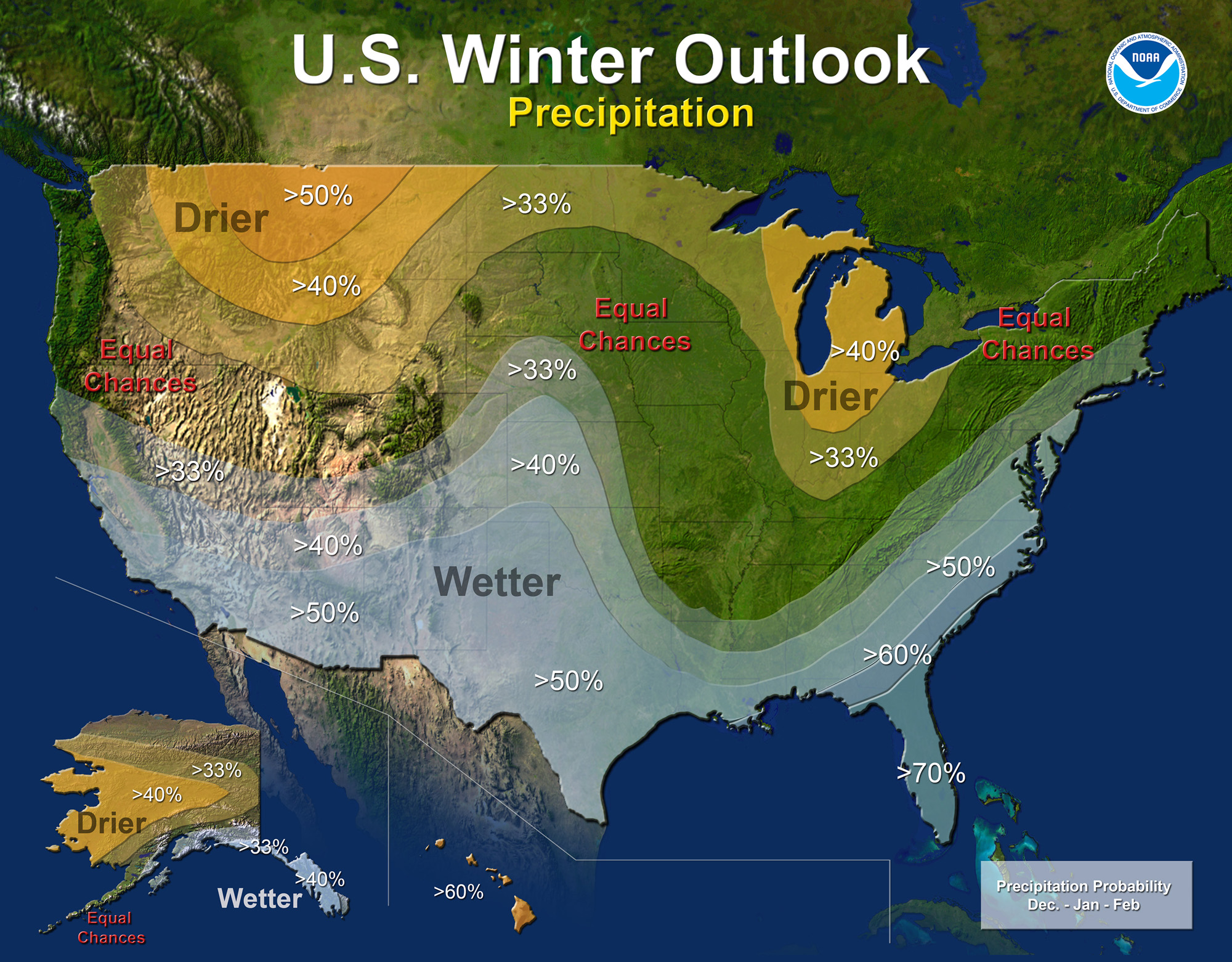The first snow reports of the season across the Midwest and Northeast were reported over the weekend of October 17th, 2015. Snow was generally trace amounts but a few areas in western New York, northwest Pennsylvania, and Michigan saw an inch or more. In general, this first glimpse of winter came early compared to the averages but no records were broken in terms of the earliest measurable snow. The table shows the average date for the first measurable snowfall and the record for the earliest measured snowfall for a few major cities across the United States.
|
City |
Avg first measurable snow |
Earliest measurable snow |
|
New York City |
December 14 |
October 21, 1952 |
|
Chicago |
November 16 |
October 12, 2006 |
|
Denver |
October 16 |
September 3, 1961 |
|
Seattle |
December 26 |
October 27, 1971 |
*measurable: > or = 0.1 inches
So does this early season snow mean an early winter or more snow this winter? Not necessarily. A strong El Niño will likely play a role in temperatures and precipitation this winter by influencing the Pacific jet stream. However, El Niño, and its counterpart La Niña, are not alone in determining winter trends. The warm pool in the northeast Pacific has aided in bringing cold winters to the Midwest, Northeast, and Southeast since 2013. This warm pool is still situated in the Gulf of Alaska so a blast of arctic air and heavy snow are not out of the question for this winter.
Winter outlook produced by NOAA on October 15, 2015
Looking back at the earliest measurable snow records from the table, there is no correlation between El Niño and the records, with varying stages of the El Niño/La Niña oscillation among the dates. In both New York City and Chicago, the earliest recorded snow accumulations were less than 1 inch with higher accumulations outside of the city. In Denver and Seattle, the accumulations were 4.2 inches and 2 inches, respectively. Snow accumulations increase in December and January for most locations that get snow, and if areas in the south see a few flakes, it tends to be during these months.
There is also no correlation between early snow and above average snowfall for the entire season. In 1952, New York City only received 19.7 inches of snow when the average annual snowfall is 25.1 inches (at Central Park). Chicago’s O’Hare International Airport, in 2006, reported 35.6 inches of snow for the year with an average annual snowfall of 36.7 inches. Denver, in 1961, received 72.5 inches of snow with an average of 53.8 inches. In Seattle, they average 5 inches of snow annually with 29.2 inches of snow recorded in 1971. As you can see, New York City and Chicago were close to the annual averages during years of the earliest snowfall, while Denver and Seattle were above the average, showing no correlation between early season snow leading to an abundance of snow throughout the rest of the winter.

